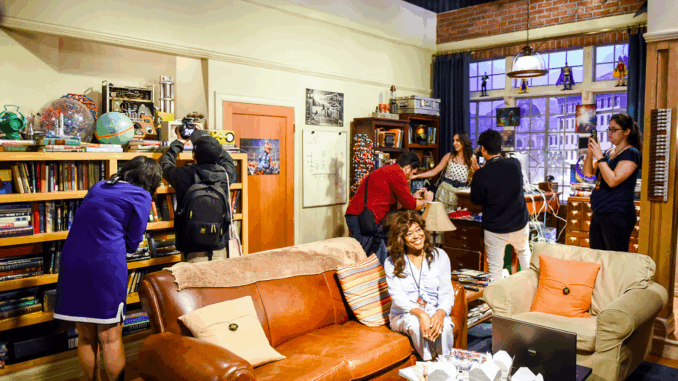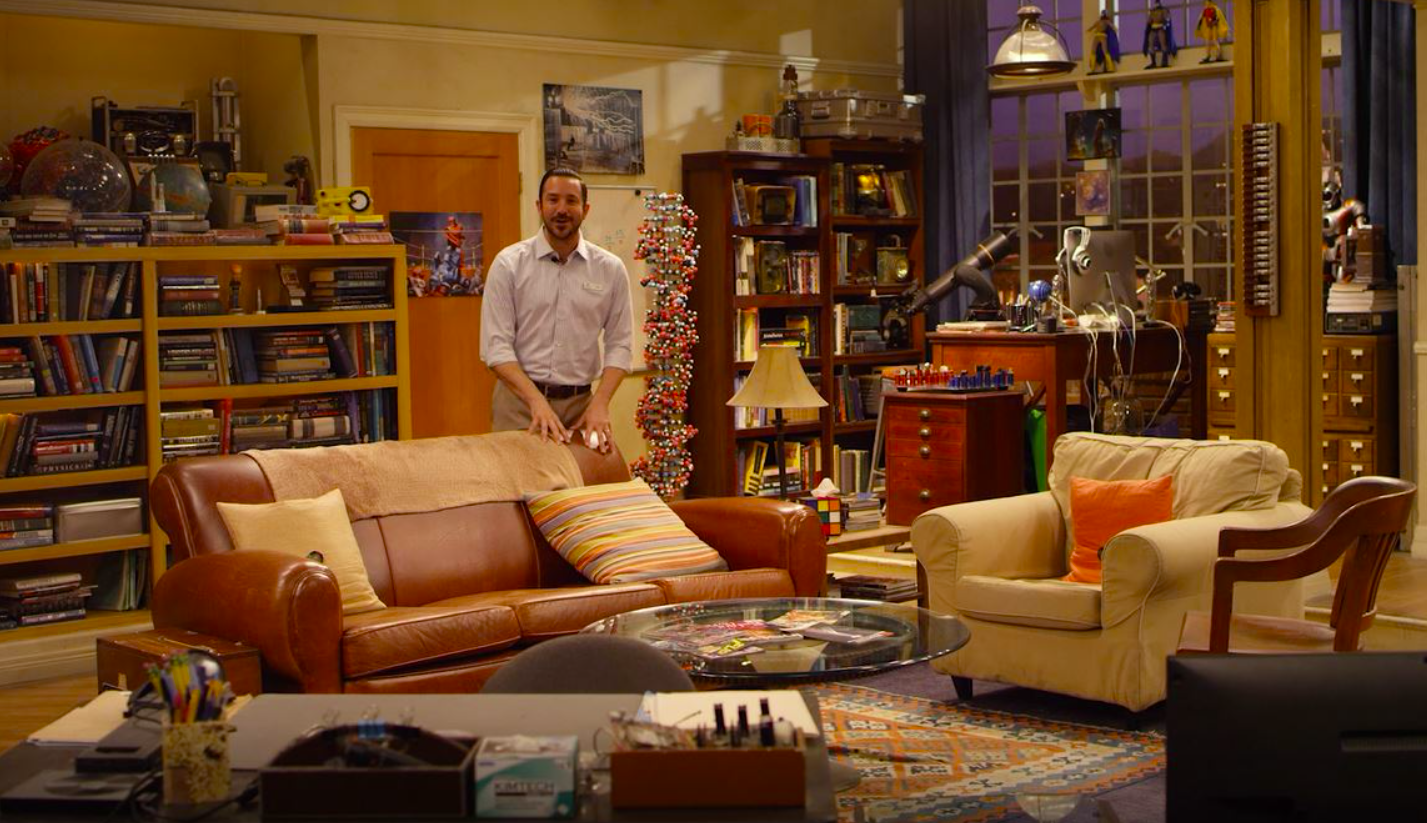
When people think of The Big Bang Theory, they think of physics lectures disguised as sitcom banter, quirky romance, and a whole lot of geek culture. But beneath the layers of nerdy references and comedic timing lies one of the most important, yet overlooked, characters of the entire show: the apartment.
Yes—Leonard and Sheldon’s apartment, known officially as Apartment 4A, isn’t just where the characters hang out. It’s where the show happens. It’s a living, breathing space that evolves just as much as its residents. And its details—no matter how subtle—speak volumes.
A Stage for Intellect and Intimacy
From Season 1 to Season 12, 4A remained the show’s central hub. It’s where science projects were born, relationships blossomed (and combusted), and more takeout containers were consumed than in any other fictional home. But what made this space so compelling wasn’t just the comfortable couch or the ever-present whiteboard filled with equations—it was how the space balanced intelligence with intimacy.
Look closely, and you’ll see that the apartment is filled with tiny relics of the characters’ lives: vintage robot figurines, framed comic covers, shelves of physics books, and of course, Sheldon’s sacred seat. The arrangement of the furniture created a circle of connection—a literal roundtable of friendships where ideas, jokes, and emotional revelations bounced back and forth.
It’s no coincidence that almost all major life moments—breakups, job announcements, even the final toast in the series finale—happened right there in that living room.
Evolution Through Objects

While Sheldon demanded order, the apartment subtly changed over time, reflecting the characters’ personal growth. Posters came and went. The science paraphernalia shifted. As the group expanded to include Penny, Amy, and Bernadette, the space began to feel more lived-in, less like a “nerd cave” and more like a home.
Even Penny’s repeated visits to grab food or chat with Leonard created a visual metaphor: she was always crossing from one world into another. Her own apartment, 4B, remained relatively sparse—until she and Leonard moved in together. When they did, the fusion of their two styles became symbolic of how far both characters had come.
And then there was Sheldon’s whiteboard—a tool of intellect, but also a journal of frustration, ambition, and dreams. Over 12 seasons, those whiteboards told stories that the dialogue didn’t always have to.
The Comfort of Repetition
The apartment never had a full makeover. The couch stayed. The kitchen layout didn’t change. Even the elevator remained broken until the final season. This stability wasn’t lazy design—it was emotional architecture. The unchanging nature of 4A was comforting not just for the characters, but for the viewers. It was a place you could come home to.
Much like Friends and its iconic purple apartment, or Seinfeld‘s recognizable kitchen and couch combo, The Big Bang Theory understood that familiarity breeds attachment. The characters grew, but the space grounded them—and us.
Beyond the Couch
Of course, the most sacred piece of all is Sheldon’s spot on the couch. A spot determined by factors such as cross breeze, angle to the television, and proximity to the lamp. But in truth, Sheldon’s spot became a symbol of control in a chaotic world. When life overwhelmed him, that seat was his constant. His anchor. And over time, it became a running joke with a deeper emotional core.
The best part? By the end of the show, others began sitting there. And Sheldon let them.
A Legacy in Layout
While we remember the clever dialogue and scientific jargon, the apartment—specifically 4A—deserves a spot in the sitcom hall of fame. It was more than a set. It was a narrative device. A witness to laughter, growth, and the slow, awkward, beautiful evolution of friendship.
So the next time you rewatch the show, look past the dialogue. Look at the posters, the board games, the mugs. Because in The Big Bang Theory, every inch of that apartment was telling a story—even when no one was speaking.
